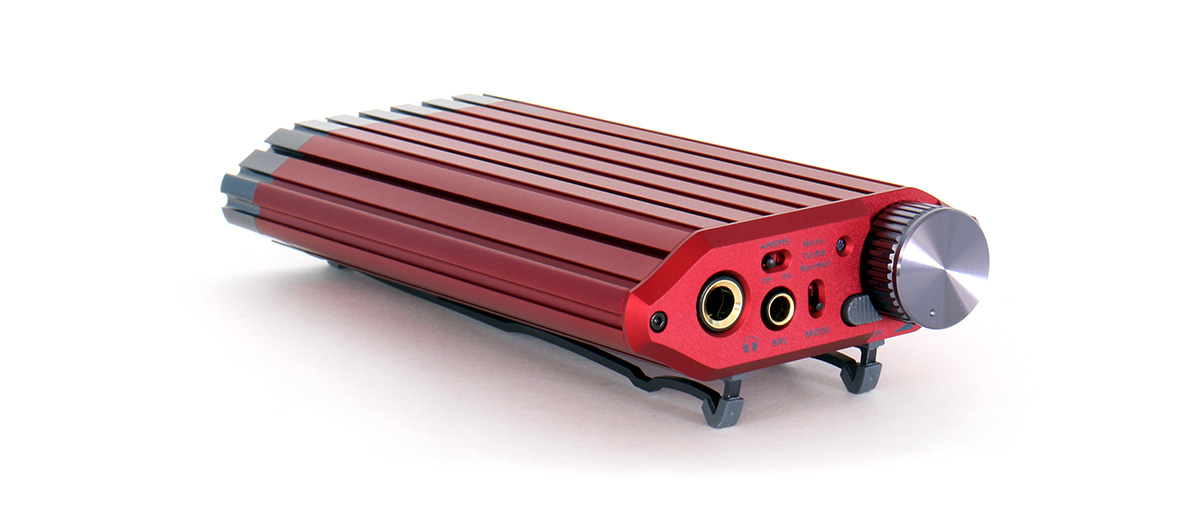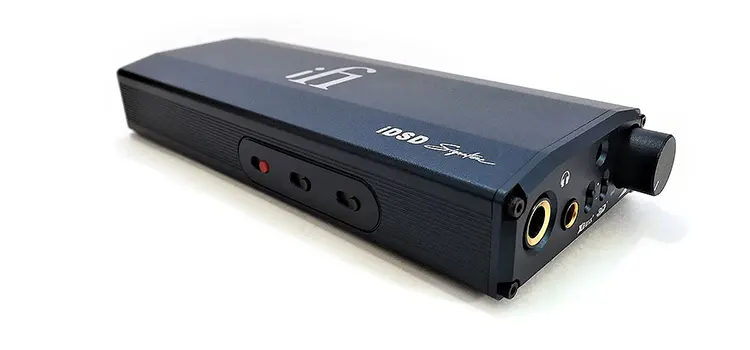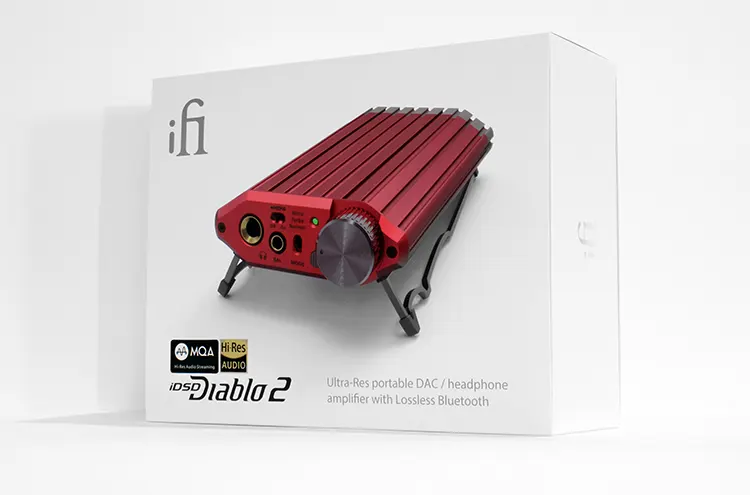Sound Impressions
Since the HIFIMAN Ananda Nano was freshly reviewed and now familiar to me they were used along with the Arya Organic. The HE400se was also used in listening tests. Efficiency tests included the Meze Audio 99 Classics plus the Dekoni Blue.
I also used a few IEMs including some of FiiO’s single dynamic driver IEMs like the FD7 and ORIVETI’s OD100/OD200 IEMs. In contrast, MEZE Audio’s RAI Penta was also used for a hybrid multi-driver IEM perspective.
Summary
Take note, iFi Audio does not like to reduce gain whenever possible. It’s evident with the iDSD Diablo 2’s devilish hot-sounding sound signature. It’s forward and it has a streak of aggressiveness but that’s why detail comes through so much more so than with the previous model.
It’s funny but was this done on purpose? I mean, a hot-sounding sound signature with a touch of warmth? It’s an adequate signature coming from a device called “el Diablo” is it not?
The rather high gain is evident and the gain features reflect that tuning concept. Even the infamous analog volume control is implemented because iFi Audio does not like to interfere with the DAC section’s gain levels.
The Diablo 2 bass is amply produced due to the ample amounts of power. Frequency response is evenly distributed and bilateral extension has a long reach both ways. Plenty of low bass notes come through and so does the shimmer up on top. Midrange production is lusciously produced.
Noise levels are negligible. During test sessions, I couldn’t hear any type of noise which is another one of iFi Audio’s component good traits because the iDSD Diablo 2 is silent in operation except for a small amount of turn-on thump which is inaudible at times.
Staging and Dynamics
The iFi Audio iDSD Diablo 2 presents the listener with a transient response that is off the charts and is a fast-paced-sounding device. But most of all it presents a vivid presentation which is an end product of the internal high gain that doesn’t hold back on what the DAC is being fed.
One of the iDSD Diablo 2’s highlights is the soundstage capability which is quite immersive. It tends to bring out the optimal amount of placement accuracy.
On top of the large size that can be produced, placement and layering aspects are top-notch. The iDSD Diablo 2 can produce pinpoint accuracy as long as the headphones are up to the task. It can also bring forth hidden performance from headphones that otherwise would underperform.
Synergy
Power
I didn’t have any issues driving a Dekoni Blue or an Arya V2 which are not easy to drive properly. I don’t have a Susvara or an HE6 on hand but I bet the Diablo 2 can drive them both rather well.
I could say that the iDSD Diablo 2 made some of my headphones sound better than ever sonically. Not only was there a clarity level rise but the soundstage was improved in most cases.
A perfect example of this was the Diablo 2 paired with the HIFIMAN HE400se. Although this set is considered an entry-level model, paired with the iDSD Diablo 2 it gave off a stellar performance, especially in soundstage placement definition and layering.
Pairing
Pairing success was increased when iFi Audio incorporated their iEMatch feature that litigated the channel imbalance that made it difficult to obtain a balanced low volume level with IEMs particularly but thankfully, not so much anymore.
Not only that, but the feature also litigates any background noise if any is present. I didn’t hear any under any situation. The only noise I heard from this unit was a light turn-on thump which again, doesn’t happen all the time.
But although this feature caters to IEMs, I still would recommend the iDSD Diablo 2 mostly for full-sized cans and hard-to-drive models.
Select Comparisons
iFi Audio iDSD Diablo V1
Technical
I wasn’t lying when I said the iDSD Diablo V1 was a sonic staple of mine because ever since I got it, I’ve used it for testing power-hungry headphones and it remains on my desktop most of the time since it doesn’t occupy much space.
The original iDSD Diablo seems to be fading away and being replaced by the Diablo X which we will hopefully review at a later date once we get our hands on a few xMEMS IEMs.
Specification-wise, both these models are similar, including decoding capabilities. The iDSD Diablo V1 is a simple device with a lot of driving power, similar to the iDSD Diablo 2, but feature-wise it does not come with Bluetooth, xMEMS capability, or iEMatch.
Design
In all honesty, I prefer the original iDSD Diablo for portability because of its smaller stature. Although I would hesitate to put the unit into a situation that can scuff up that beautiful, eye-catching Fiery Red color finish.
The V1 is more pocket-friendly and the rounded sides with blunt edges feel better in your hands. But the finish does seem to be prone to receiving scratches, more so than the Diablo 2 which seems to have an anodized finish and is built with thicker metal. But that also adds more weight.
I do miss that extra-large inverted male USB connection of the original iDSD Diablo because of how robust it is. I have concerns about the USB-C connection’s durability. You spoiled me iFi, thanks.
Performance
The iDSD Diablo 2 presents a sharper definition in the upper regions and this puts the Diablo V1 into a warm characterized sound signature descriptively and comparatively. Not that the V1 lacks high frequencies, it’s just that on the Diablo 2 sound signature they’re brought forth.
Comparing the two directly, it seems iFi was able to remove a thin layer of veil overall and brought forth on the iDSD Diablo 2 a higher level of clarity and a cleaner window to peek into the sonic landscape.
The only issue that I can mention on the original iDSD Diablo is the channel imbalance issue which is more pronounced and the lack of the iEMatch feature makes it worse.
So, if you asked me which one I recommend for IEMs, I would quickly say Diablo 2. For full-sized headphones, sonically speaking? Toss a coin.
iFi Audio Micro iDSD Signature
Technical
The model in this comparison that does include the iEMatch feature is the iDSD Micro Signature. It helps out but doesn’t alleviate the channel imbalance completely that this model has over Diablo 2, which is the one I would still recommend for driving IEMs at this point.
One feature that this model has over the Diablo 2 is that you can select one of three DAC filters with the flick of a switch. The effects are subtle at best but the feature beats having to preselect one from a download list and having to choose and install a different firmware for each filter.
Besides that, it’s also the only model with XBass and 3D+. These two features add a ton of fun-factor to this unit. The XBass feature is one of the best bass boost implementations around and works on an analog level according to iFi Audio.
Design
The iDSD Micro Signature emits the iFi old-style vibe and is shaped similarly to its cousin, the Black label. The blue color scheme was unique but did tend to scuff up easier than on the other two models.
The front IO is identical to the Diablo 2 but the rear panel sports two RCA outputs that do just that. They sit alongside a 3.5mm output combo jack and iFi’s full-sized USB inverted male connector for the input.
The separate charging port, however, was mounted on the side of the unit and is an unpleasant location if you use the unit in a desktop environment and keep the unit plugged in.
The only way to mitigate this was to get a USB-C-angled adapter. If not, you just had to deal with a protruding side cable.
Performance
The iFi Audio Micro iDSD has the smallest soundstage capability of the three in this comparison by a small margin. Perhaps it’s the warmest sounding as well, again by a small margin.
What the Signature excels in is the fun factor thanks to the inclusion of the XBass and 3D plus features. The 3D Plus adds a sense of increased size in staging that can surpass the Diablo variants but at the cost of reduced layering definition.
So, the two sound-shaping features add color to the Signature series but some might argue that an unaltered production and true-to-life reproduction is best. That’s where the iDSD Diablo 2 comes in. But if you’re in a playful mode. The Signature can’t be beat.
The iDSD Diablo 2 is the best choice if you’re looking for detail, nuances, and an overall proper soundstage. So, to quote iFi, the devil is in the detail, or shall I say it best, the iDSD Diablo gives you detail, it’s another of its best characters.
Our Verdict
The iFi Audio iDSD Diablo 2 is certainly a step above the original Diablo when it comes down to sheer detail production and sonic performance in general. One could say it’s also a complete, versatile, portable, and future-proof package with the inclusion of all the new features.
But I would prefer this model as my desktop rig rather than go portable with it, because of its size. But the fact that you can go portable just adds versatility. Just as the iEMatch inclusion augments synergy and alleviates my only clamor which is the channel imbalance at the bottom range of the volume knob.
Forgive me if I have sinned because I’m enjoying the iDSD Diablo 2 very much and it will certainly replace my original iDSD Diablo from now on.
So, off we go to find some xMEMS IEMs which will give us something else to talk about concerning the iDSD Diablo 2 later on.
iFi Audio iDSD Diablo 2 Technical Specifications
- HI-RES support: 768k, DSD512, full MQA
- Bluetooth formats: aptX lossless, aptX adaptive, aptX, LDAC, LHDC/HWA, AAC, SBC
- Max output power 4.4mm: 19.2V / 611mW @600Ω or 12.87V / 5189mW @ 32Ω
- Max output power 3.5mm: 9.6V / 153mW @600Ω or 8.85V / 2450mW @ 32Ω
- RMS output power 4.4mm: 19.2V / 611mW @600Ω or 7.4V / 1710mW @32Ω or 11.5V / 2060mW @64Ω
- RMS output power 6.35mm: 9.6V / 150mW @600Ω or 8.1V / 2050mW @32Ω or 9.3V / 1360mW @64Ω
- xMEMS: 28Vpp (4.4mm output)
- Line out impedance: ≤ 200Ω
- SNR: ≥114db (A)
- DNR: ≥114db (A)
- THD+N: 0.002% @0DBFS 200kΩ
- Power consumption: Nitro 12W, Turbo 5W, Normal 2W, xMEMS 8W
- Battery: Lithium Polymer 4800mAh
- Dimensions: 166 x 85 x 28.5 mm
- Net weight: 455g (1lb)
- Digital inputs: 1x USB-C, 1x S/PDIF (optical/coax), Bluetooth 5.4
- Headphone outputs: 1x balanced 4.4mm / 1x 6.35mm
- Charging port: 1x USB-C





